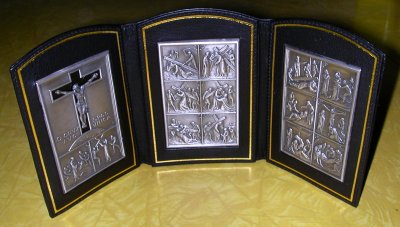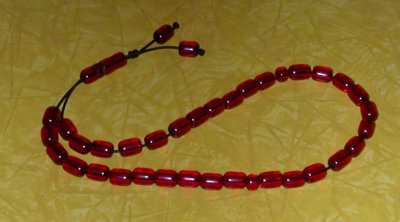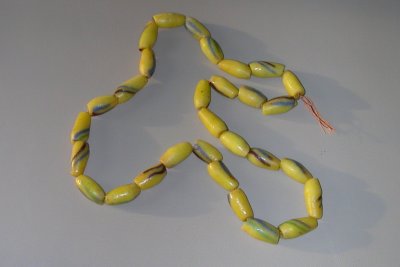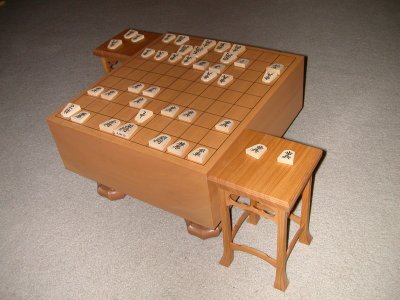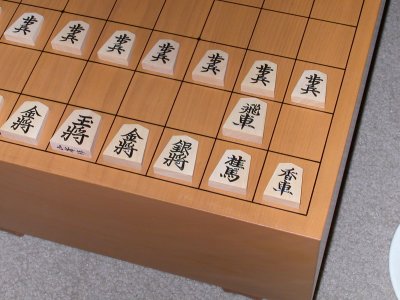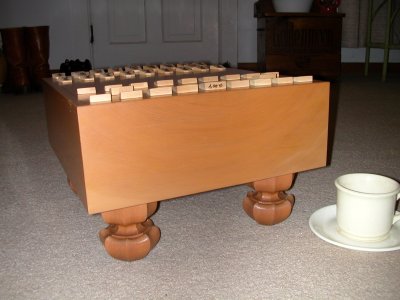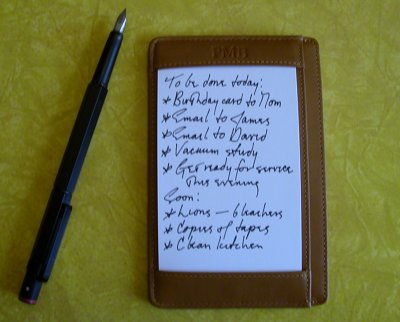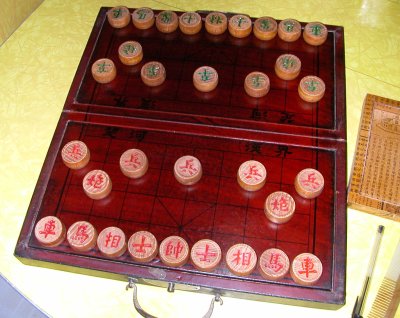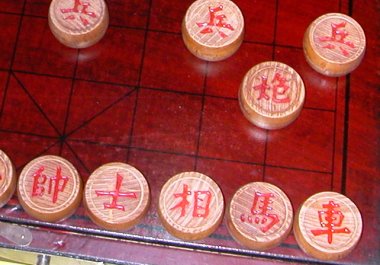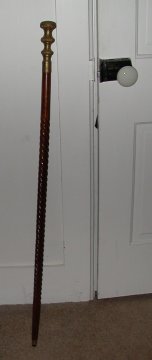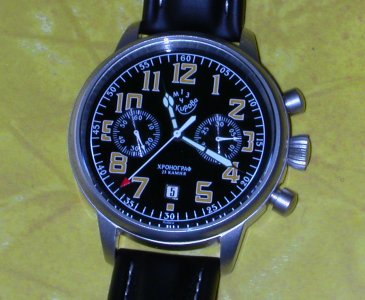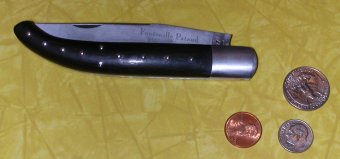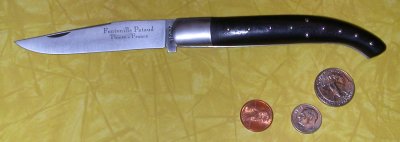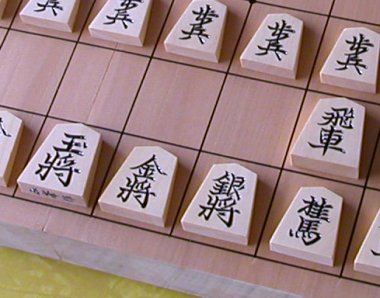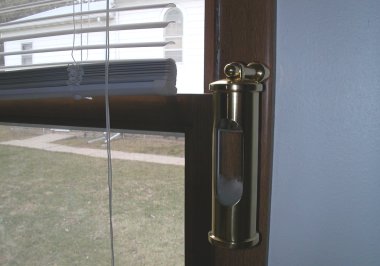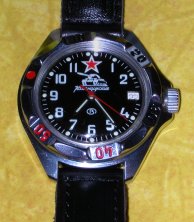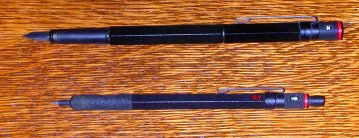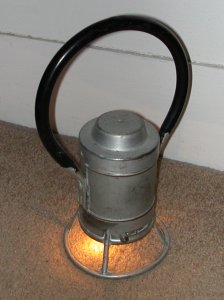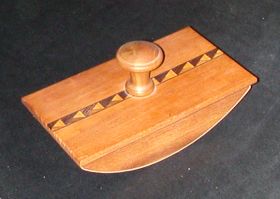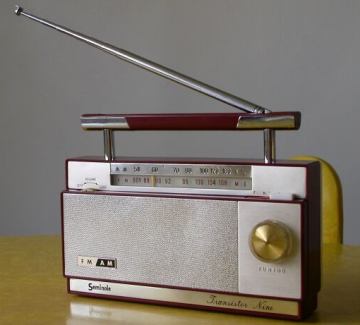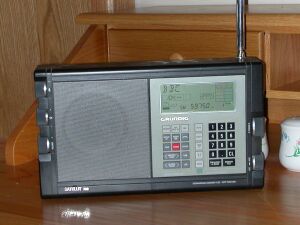Chess
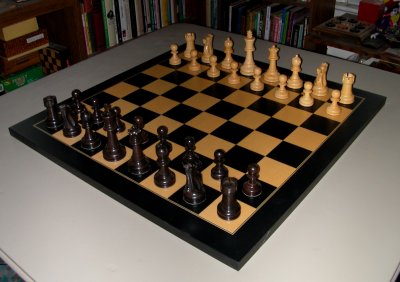
Most of my young adult years, age 18 to 35, I spent in academia living under the poverty of student life. Ramen noodles. Ragged blue jeans. At one point I neither had nor could afford a bed, and so for a year I slept on a rubber mat on the floor. Once I finally bailed out into the real world, I was astonished to discover that I could actually purchase non-necessities. You know, more than just an ascetic budget of food, clothing, and shelter. I started buying items I called my gear. First piece of gear I ever bought, back in 1993, was a Swiss Army knife which I still have and use. Second item was my old Hudson's Bay point blanket. And my third piece of gear was a Chess set.
I've always been a fanatic about games. I got a big, solid wood chessboard, 21" on a side. I got ebony and boxwood chessmen, Staunton, lead weighted, leather pads underneath. That aweful Platonic light that burns at the heart of all games burns especially hard and bright from within the game of Chess. To see into Chess is to see deeply into a transcendent mystery. I wanted a Chess set that said all this eloquently. Chess set, Chess set, burning bright, in the forests of the night...
Chess and I go back a long way together. I learned the moves of the pieces at age three, enough to play a rough Chess game, more or less. I learned the finer details at age nine— castling queenside, capturing a pawn en passant, 50-move draw rule, etc.— to be honest, I was a little disappointed that there weren't more such irregular rules, I had imagined an endless cloud of little exceptions and irregularities. I played Chess whenever I could. For some reason I preferred to play black. My favorite chessman was the Knight.
In high school we organized a Chess Club, with Mr. Hansen as our advisor. We attended one Chess tournament, then the principal told us the school couldn't afford the gas money for the van. Hunh, I was on the cross-country team, which took the van to every away meet, and gas was no problem. We planned to hold a school Chess tournament, wondered if we could get a Chess trophy to be engraved and placed in one of the three huge ceiling-to-floor glass trophy cases in the lobby of the high school. The principal said a trophy would cost too much, never mind that they spent twice as much on the uniform of a single football player. We scheduled a meeting of the Chess club in the business room during homeroom, then after the regular announcements that morning the principal came on the intercom to announce that the meeting of the Chess club was canceled. He did this on his own say-so, since (if you hadn't figured it by now) he hated Chess and thought that pursuits of the mind were stupid.
There was a lot of petty anti-intellectualism like that in the culture back in those days; they called our high school the "Sports Academy," anything but sports could go hang.
But then Chess has often been something of a countercultural pursuit, hasn't it? Longhaired players in coffeehouses. Crazy Paul Morphy. Crazy Wilhelm Steinitz. Crazy Akiba Rubinstein. Crazy Bobby Fischer. Chess as a pursuit that absorbs all your energies and renders you unfit for any other serious pursuit in life. Alice, the Red Queen, Through the Looking Glass.
At one point there, late teens and early twenties, I was beginning to get middling good at Chess. Knew what I was up to when I made a move, not just a pawnpusher. I was even learning various chess openings, Ruy Lopez, Giuoco Piano, King's Gambit, Sicilian Defense, Caro-Kann, King's Indian Defense, Queen's Gambit. But I let it go, I could see that the only way to get really good at it was to let it become an endless sinkhole for my energy.
Chess is one of the deepest games ever devised. Only the Game of Go has a reasonable claim to be deeper, though the Game of Shogi or Japanese Chess also comes close.
If Chess has a shortcoming, in my eyes it's precisely that, in order to play well in today's world, you need to memorize an encyclopedic load of openings. A game like this should be more amenable to strategic analysis than to rote memorization. Plus, well, computers have made massive inroads into Chess, haven't they? I'm one of those reactionaries who, in the rivalry between Man and Machine, still root for Man. But it's a losing battle. In the end the Machine will win.
Still there's nothing quite like Chess. It's a beauty of a game, a piece of Platonic archetype trapped and imprisoned in board and boxwood and ebony, like a fly caught in amber.








